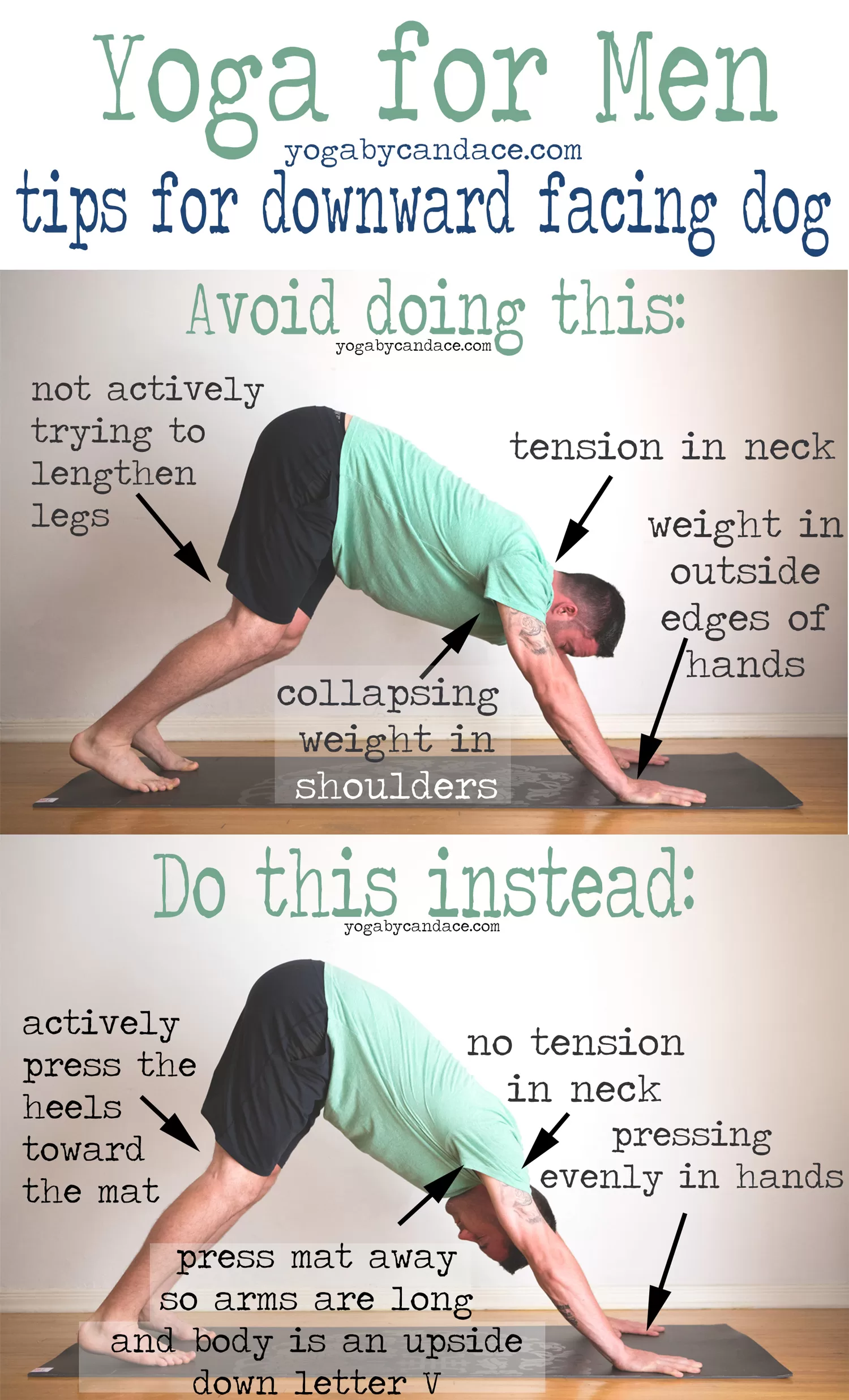
Is Bikram Yoga Bad For Your Knees?
Bikram Yoga, also known as hot yoga, has been praised by many for its ability to help individuals improve their flexibility, strength, and overall health. However, there have been concerns raised about the potential impact this form of yoga can have on the knees. With the practice consisting of a series of 26 postures and two breathing exercises, it is important to understand how these movements may affect your knees.
The intense heat of a Bikram Yoga class, combined with the repetitive nature of the postures, can put a significant amount of stress on the knees. As such, it is important to consider whether Bikram Yoga is a safe exercise choice for those with existing knee problems or those looking to prevent future knee injuries. In this article, we will explore the potential risks and benefits of Bikram Yoga for your knees and provide insight into how to safely practice this popular form of yoga.

Is Bikram Yoga Bad for Your Knees?
Bikram Yoga, or hot yoga, is a popular practice that involves performing a series of 26 poses in a room heated to 105°F. While many people find that Bikram Yoga provides a host of benefits, including improved flexibility, strength, and cardiovascular health, some have raised concerns about the impact of this practice on the knees. In this article, we’ll explore the question of whether Bikram Yoga is bad for your knees, and what you can do to protect your joints during your practice.
Understanding Knee Anatomy
In order to understand the potential impact of Bikram Yoga on the knees, it’s important to have a basic understanding of the anatomy of this joint. The knee is a hinge joint that connects the femur (thigh bone) to the tibia (shin bone). It also includes the patella (kneecap), which sits over the front of the joint and helps to protect the joint and improve its mechanical advantage. The knee joint is supported by a number of ligaments, tendons, and muscles, which work together to provide stability, strength, and mobility.
When the knee joint is healthy and functioning properly, it allows us to walk, run, jump, and perform a variety of other movements with ease. However, when the joint is damaged or degenerated, it can lead to pain, stiffness, and limited mobility. Some of the most common causes of knee problems include injury, arthritis, and overuse.
The Potential Impact of Bikram Yoga on the Knees
One of the primary concerns that people have about Bikram Yoga is the impact of the heat on the joints. When the body is exposed to high temperatures, the muscles and connective tissues become more pliable, which can make it easier to move into certain poses. However, this increased flexibility can also increase the risk of injury if proper precautions are not taken.
In particular, the heat of Bikram Yoga may increase the risk of hyperextension, or overstretching, of the knee joint. This can put excessive strain on the ligaments and tendons that support the knee, which can lead to pain, inflammation, and even injury. Additionally, the repetitive nature of Bikram Yoga poses may exacerbate any existing knee problems, such as arthritis or cartilage damage.
Protecting Your Knees During Bikram Yoga
While there are potential risks associated with Bikram Yoga and the knees, there are also steps you can take to protect your joints during your practice. Here are a few tips to keep in mind:
- Listen to your body: If a pose feels uncomfortable or painful, don’t push through it. Instead, back off and modify the pose as needed.
- Use props: Blocks, straps, and blankets can be helpful in providing support and cushioning for the knees.
- Focus on alignment: Proper alignment is key to avoiding knee injuries in Bikram Yoga. Make sure your knees are tracking over your toes, and don’t allow them to hyperextend.
- Stay hydrated: Drinking plenty of water before, during, and after your practice can help to keep your joints lubricated and reduce the risk of injury.
- Consult with a healthcare professional: If you have a history of knee problems, it’s a good idea to talk to your doctor or physical therapist before starting Bikram Yoga. They can provide guidance on modifications and exercises that can help to protect your joints.
The Bottom Line
While Bikram Yoga can be a challenging and rewarding practice, it’s important to be aware of the potential impact on your knees. By taking proper precautions, focusing on alignment and listening to your body, you can minimize the risk of injury and enjoy the many benefits of this popular form of yoga.
Ultimately, the decision of whether or not to practice Bikram Yoga is a personal one. If you have concerns about the impact on your knees, talk to your healthcare provider and consider exploring alternative forms of yoga that may be gentler on the joints.
Frequently Asked Questions
Is Bikram Yoga Bad for Your Knees?
Bikram Yoga, also known as hot yoga, involves performing a series of 26 postures in a heated room. While Bikram Yoga is generally considered safe, there is a risk of injury, particularly to your knees. The repetitive nature of some of the postures and the heat can put extra stress on your knee joints, which can lead to pain and discomfort. However, there are steps you can take to minimize the risk of knee injury.
To protect your knees during Bikram Yoga, it’s important to listen to your body and avoid pushing yourself too hard. You should also wear supportive footwear and use props, such as blocks or blankets, to modify postures if necessary. Additionally, it’s important to maintain proper form during each posture and avoid locking your knees.
What Precautions Can You Take to Avoid Knee Injury During Bikram Yoga?
To avoid knee injury during Bikram Yoga, it’s important to take the necessary precautions. Firstly, it’s essential to listen to your body and not push yourself too hard. If you experience pain or discomfort in your knees, stop the pose and rest. Secondly, it’s important to wear supportive footwear, such as yoga socks, to protect your feet and provide traction.
Thirdly, you can use props such as blocks or blankets to modify postures and take pressure off your knees. Fourthly, it’s important to maintain proper form during each posture and avoid locking your knees. Lastly, you can also consult with your instructor to get advice on how to modify postures to suit your body’s needs and capabilities.
What Are Some of the Benefits of Bikram Yoga?
Bikram Yoga has a range of benefits for both your physical and mental health. The heat in the studio helps to warm up your muscles, making them more flexible and less prone to injury. The postures also help to improve your balance, strength and cardio fitness. Additionally, Bikram Yoga can help to reduce stress and anxiety, improve your sleep, and boost your overall wellbeing.
The practice has also been shown to have positive effects on specific health conditions such as arthritis, chronic pain, and high blood pressure. Furthermore, Bikram Yoga is a great way to socialize and connect with like-minded individuals in a community that prioritizes health and wellness.
What Should You Wear to Bikram Yoga?
When practicing Bikram Yoga, it’s important to wear clothing that is comfortable, breathable, and moisture-wicking. This is because the heat in the studio can cause you to sweat profusely. It’s recommended to wear clothing made from fabrics such as cotton or bamboo, which are lightweight and breathable.
You should also avoid wearing anything too loose or baggy, as this can get in the way of your postures and make it difficult for your instructor to see your alignment. Additionally, it’s important to wear supportive footwear, such as yoga socks or shoes, to protect your feet and provide traction on the mat.
Can Beginners Do Bikram Yoga?
Bikram Yoga is suitable for individuals of all levels, including beginners. However, it’s important to start slowly and gradually build up your practice. If you’re new to Bikram Yoga, it’s recommended to attend a beginner’s class, where your instructor will guide you through the postures and provide modifications as needed.
It’s also important to listen to your body and not push yourself too hard. If you experience pain or discomfort during a posture, it’s important to stop and rest. Furthermore, it’s important to stay hydrated and bring plenty of water to class, as the heat can cause you to sweat heavily. With practice and patience, you can gradually improve your flexibility, strength, and balance through Bikram Yoga.
The Dangers of Bikram Yoga | Bikram vs. Other Styles of Yoga
In the world of fitness, Bikram Yoga has become a popular practice for individuals who are looking to improve their flexibility, strength, and overall well-being. However, many have raised concerns about how this type of yoga impacts the knees. While there is no clear-cut answer, it is important to note that Bikram Yoga can be both beneficial and harmful to your knees, depending on your individual circumstances.
If you have a preexisting knee condition, such as arthritis, it is crucial to consult with your doctor before starting any exercise routine, including Bikram Yoga. However, for individuals without knee issues, practicing Bikram Yoga with proper alignment and technique can help strengthen the muscles surrounding the knee joint, providing support and reducing the risk of injury. Ultimately, the key to a safe and effective Bikram Yoga practice is being mindful of your body’s limitations and taking steps to protect your knees, such as using props or modifying poses if needed. By doing so, you can enjoy the many benefits of Bikram Yoga while maintaining the health and well-being of your knees.

